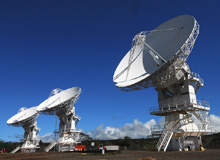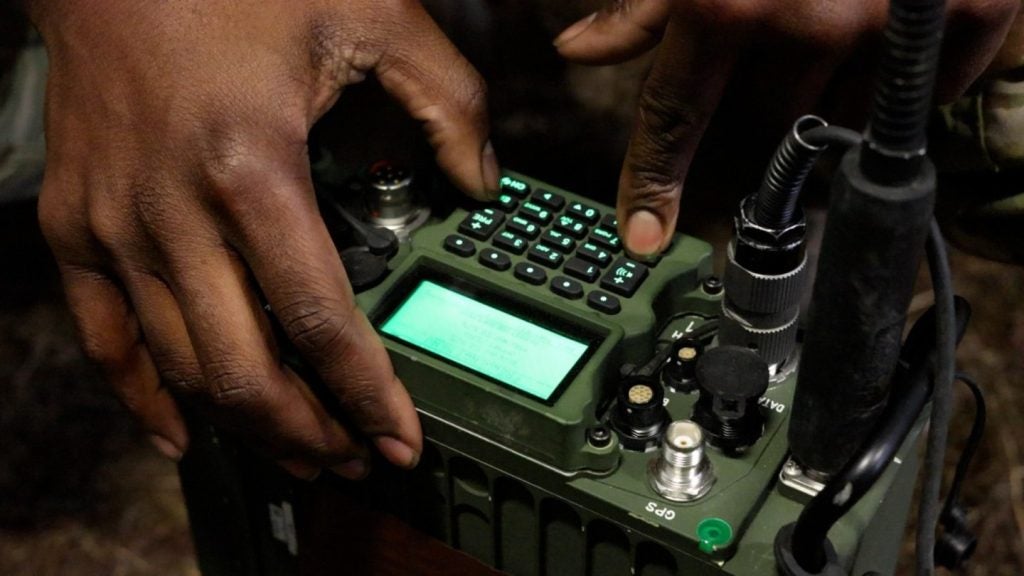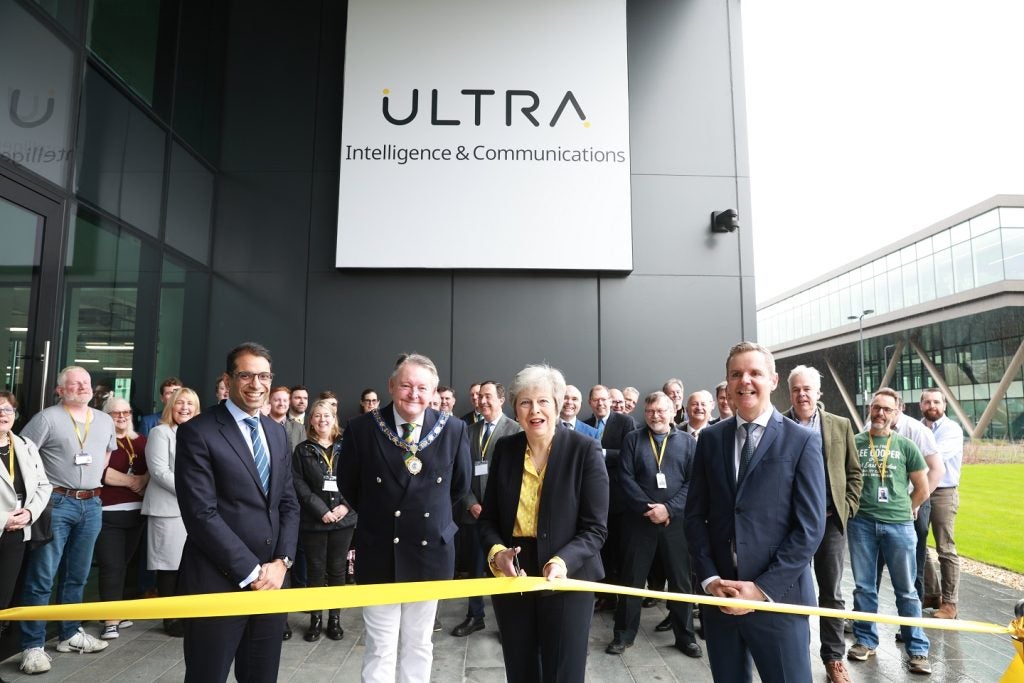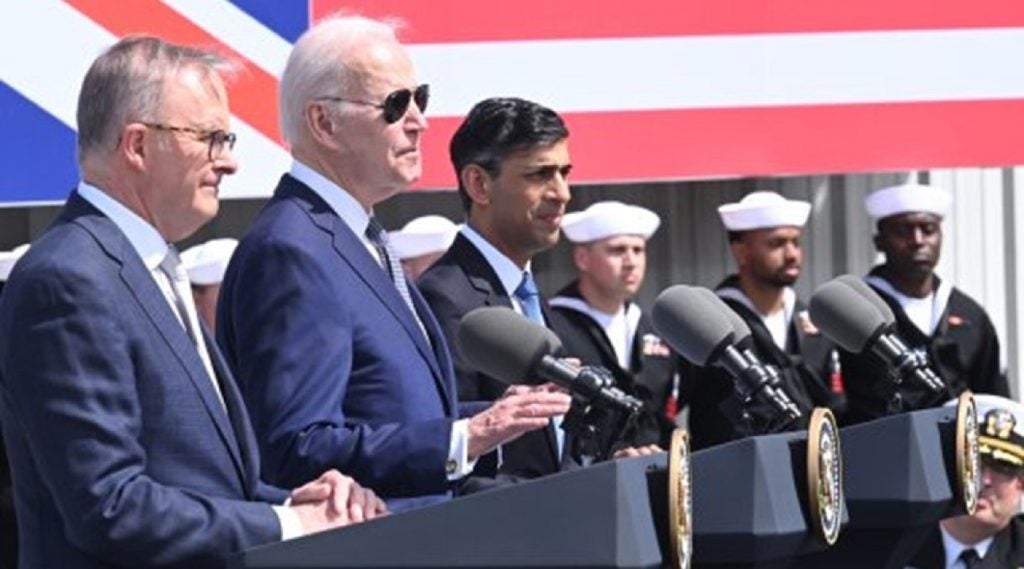
Army, naval and air force troops are constantly moving and while current satellite systems cater for them on the pause, providing dependable interoperable communication which can be used while mobile is the challenge.
Satellite communication systems may be facilitating global communications, but in the case of the military the technology has its limitations, and as a result ‘communication on the move’ (COTM) has become a priority of defense forces, with a wide range of companies are endeavoring to meet their needs.
Network-enabled capability, the name given to the Ministry of Defence’s intent to achieve enhanced military effect through the better use of information systems, requires full voice, video and data connectivity out to the edge of operations. In the US the same goal goes by the name network-centric warfare. Reliable communication is the key to their success.
Inmarsat is one company offering up this COTM capability through products specially designed to provide satellite service to mobile units.
With its portable BGAN terminals, any vehicle can quickly become an instant command post, with full situational awareness and command and control capabilities and better still it can be done in the field at 60mph.
BGAN terminals are small portable lightweight satellite terminals, which come in a variety of options to suit operational needs. Vehicular systems comprise an interior terminal and a discreet tracking antenna, which is mounted on the vehicle roof.
How well do you really know your competitors?
Access the most comprehensive Company Profiles on the market, powered by GlobalData. Save hours of research. Gain competitive edge.

Thank you!
Your download email will arrive shortly
Not ready to buy yet? Download a free sample
We are confident about the unique quality of our Company Profiles. However, we want you to make the most beneficial decision for your business, so we offer a free sample that you can download by submitting the below form
By GlobalDataInmarsat’s director of government services, Gordon McMillan says the equipment is easily installed with a roof-top tracking antenna and separate transceiver connected with a single cable.
The company’s satellites allow simultaneous voice and data capability on IP networks at around 500kW a second, pretty much the most sophisticated today, he says. The service supports 32, 64 and 128kbps streaming and secure communications and it all operates using 12V or 24V DC power supply.
“For a military ground force the system is very simple to set up. It can be mounted with magnetic feet on the vehicle and then the terminal goes inside the vehicle,” McMillan says. “Across defence and commercial applications Inmarsat has a little over 20,000 of the devices in the global area with 40% used by government, the majority military.”
INTEROPERABILITY
The key to the technology’s success will be in making it work for armed and defence forces who are now working in a more integrated way, McMillan believes. “Because we are IP-based architecture it makes it possible for all the armed forces and all the different countries to work together, to use common network architecture,” he says.
Easy in theory but the different military doctrines and cultures involved pose the real challenges to the integration of communications. “In the future it will be much more about an effective joint operation. It’s not just a technical challenge it’s a cultural challenge, it’s a discipline challenge,” says McMillan.
“Most of the countries are trying to work together, unless they have a very similar doctrine militarily and a similar concept of operations, which is difficult to achieve given the technology. Getting them to work together effectively is going to be a challenge. The positive view is EDA and NATO is trying hard to put into place procedural standards to guide the countries to work more effectively,” he says.
IP POPULARITY
The trend towards IP communications is having an impact on all new communications platforms being developed, says McMillan. Not long ago it would be considered highly unlikely that anybody would consider the possibility of using an IP platform in a helicopter yet today the US Army has Black Hawk helicopters with an IP platform already in place.
Similarly, IP terminals are being tested or have already been deployed on a series of mobile platform including boats and land vehicles.
Inmarsat is also offering specialised solutions for maritime and aviation platforms. Inmarsat’s FleetBroadband provides high-speed data and voice communications, for both primary and backup connectivity, at speeds of up to 432kbps.
FleetBroadband services use compact directional antennas of various sizes fit for different types of ships. To help save space, manufacturers have designed any antennas above deck to be smaller than existing antennas deployed in the navy. In aviation Inmarsat has SwiftBroadband from Stratos one of the first network delivering high-speed mobile data services to aeronautical customers.
THE COMPETITION
McMillan says UAE-based company Thuraya, which offers hand-held, vehicular and fixed terminals, is considered one of their bigger competitors along with US-based company Iridium. Thuraya offers hand-held, vehicular and fixed terminals which operate on existing GSM networks and satellite connections.
General Dynamics is another major player in the field with SATCOM Technologies, which offers an array of Ku-band on-the-move satellite communication terminals. The company received a US Army contract to provide one of its Warrior Model 20-20 Satcom-on-the-move antenna systems for verification and testing. It was the closest the technology has moved to bringing IP down to soldier level, but in February 2007, the US Department of Defense axed the Land Warrior programme.
Despite this, in June 2007, the 4th SBCT equipped with Land Warrior and Mounted Warrior systems were deployed to Iraq. Since then the Senate Armed Services Committee has published a report recommending that the US Army review its decision to terminate the programme and funding may be restored.
The Land Warrior ensemble includes a communications and navigation computer-radio suite, a helmet-mounted display and a customised rifle. The Land Warriors are connected to a network, and each can pinpoint the other soldiers’ locations by simply looking at the display.
The equipment transmits and receives data at speeds up to 1.54Mbps in Ku band, offering unit commanders satellite communications in moving vehicles, and providing mobile access to video, data and imagery. The terminals track satellites using a combination of integral satellite-beacon receivers, gyro stabilisation and inertial measurement units.
McMillan says while Ku and Ka bands operate with a higher bandwidth, problems often arise because the antennas and equipment you need with them are much bulkier.
THE CHALLENGES
Size, integrating capabilities, durability and bandwidth are just some of the challenges to be faced with COTM, before even considering the speed and security of the systems involved. Developing small enough antennas to support COTM systems is one of largest problems faced.
To be effective, a mobile antenna should have approximately 40cm to 50cm effective aperture and be of low to mid profile. The antenna also needs to have a relatively low combined weight for in-vehicle and top-side equipment.
At present, various high-quality low, mid, and higher-profile on-the-move antennas exist: all are functional but have trade-offs and McMillan says in many cases they are still too bulky.
Another issue of importance in the design of an IP, COTM system is regulatory compliance, in particular in the area of the so-called adjacent satellite interference (ASI).
One of the most challenging aspects of COTM remotes involves switching from one satellite beam to another. Beam switchover requires both the ability of the remote to determine when and to which beam to switch as well as integration with the COTM antenna.
This beam switching provides its own problems from a security perspective as well. The need for advanced encryption over the satellite link is obvious. As a remote moves from location to location and beam to beam, one never knows who may be listening to the link.
While it is obvious the advent of COTM has opened new opportunities and new markets for satellite service providers and hardware manufacturers, McMillan believes it will be some time before COTM are fully integrated across the armed forces in joint operations.
Historically and currently government and military users are a lot slower to adopt new technologies he says, many still using technologies which are up to 20 years old. “In the future it’s much more about an effective joint operation,” says McMillan.
With moves by the European Defence Agency and NATO to introduce standards for communications, they are trying to be part of it, he says.






